SupremePunk #147
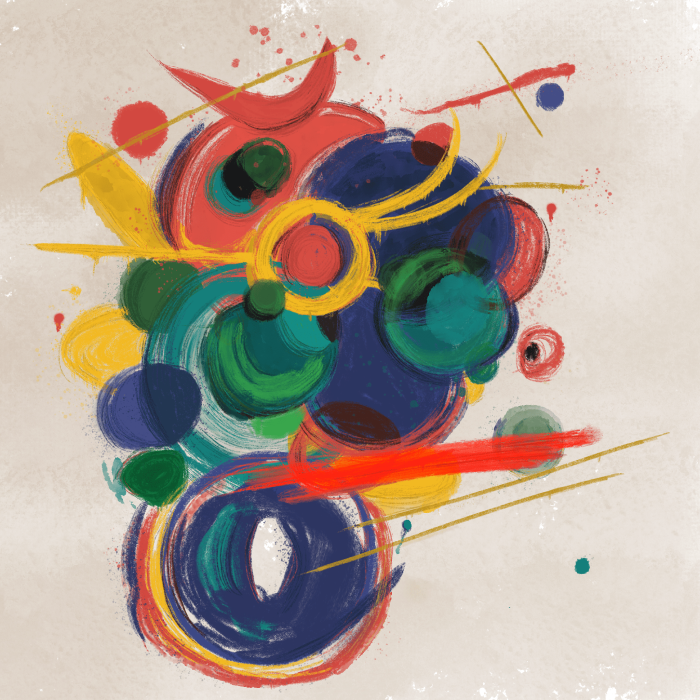
Abyss of Reflections
This SupremePunk is inspired by CryptoPunk #9339 and Rene Magritte work.
Iexplores the idea of the gaze and its influence on the perception of the human image in abstraction.
The key figures of the work are circles made with varying degrees of intensity. The coloristics of the canvas is striking: dark blue, turquoise, green, salmon, scarlet, yellow, and mustard tones lying in close proximity to each other do not cause rejection, but, on the contrary, attract with their colorful combination. The theme of the gaze has been considered by artists in different contexts, but has always played an important role in conveying a mood, image, or idea.
In this context, Alexandre Cabanel's Fallen Angel comes to mind.
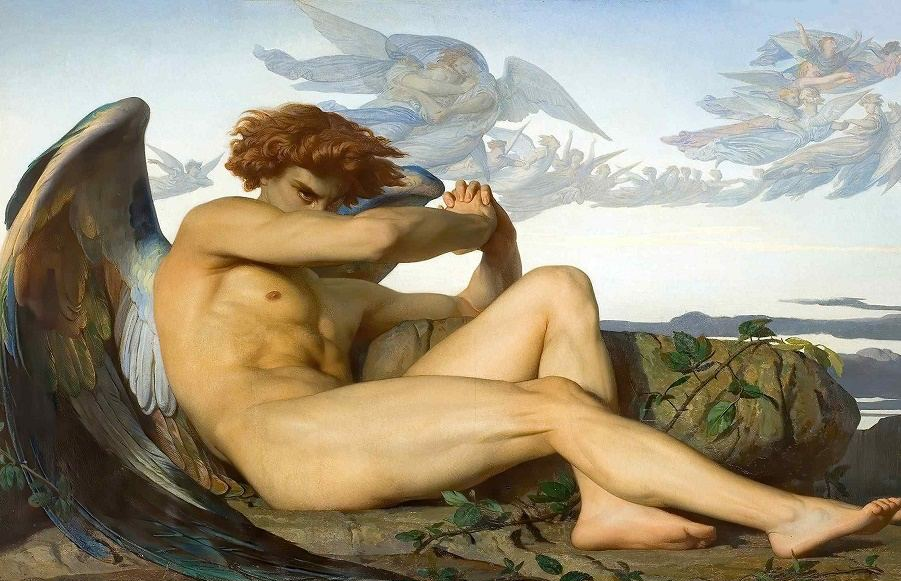
Alexandre Cabanel — Fallen Angel, 1847
Created in 1847, it follows many of the principles of academism: a classic depiction of a man with filigree musculature. The work is remarkable in that the hand-covered facial expression cannot hide the exile's true feelings from the viewer. The angel's gaze reveals rage, crippled pride, a purposefulness behind which is an already incipient thought of retribution, and resentment that glares in the hero's tears.
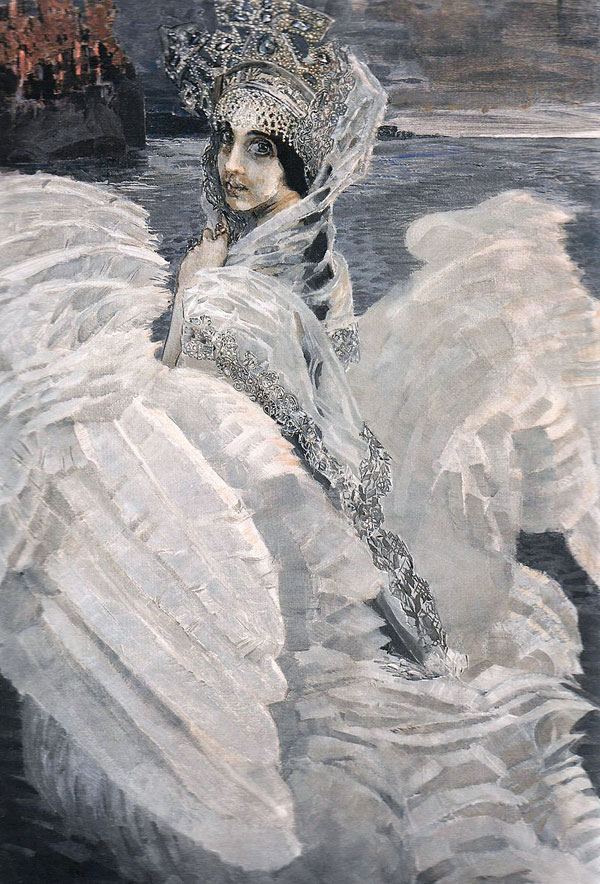
Mikhail Vrubel — The Swan Princess, 1900
The gaze was also an important pictorial medium in Vrubel's work, creating a fairy-tale atmosphere in his works. For example, the work "The Swan Princess" is another portrait of the artist's wife Nadezhda Zabela-Vrubel, whose eyes are charmingly piercing and recognizable in all the hypostases of his beloved in other works.
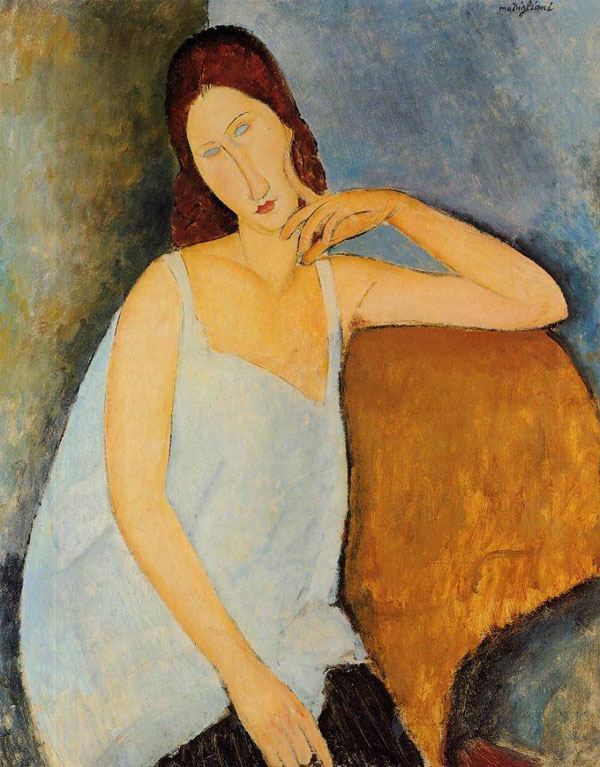
Amedeo Modigliani — Portrait of Jeanne Hébuterne, 1919
For the Italian painter Amadeo Modigliani, gaze also played an important role. More precisely, not the gaze, but its absence. The eyes of many of the depicted characters Modigliani leaves empty, which gives his work a mystically charming charm, enhanced by the oval dominants of the artist's technique.
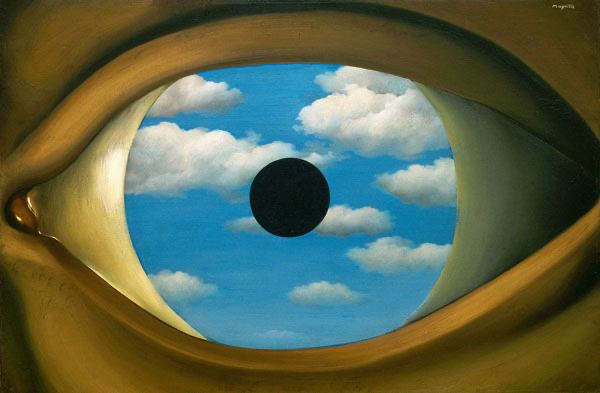
René Magritte — Distorting mirror, 1928
René Magritte takes a special interest in the subject of the eye. The eye becomes the main character of the work "The Crooked Mirror". Reflecting the world around it, a serene sky with clouds, it is as if the eye is trying to show that what one perceives is not reality, as it is only what the senses perceive, which recycles true reality into a form more accessible to human thinking.
Don't believe what you see.

Buy

Gallery:
CryptoPunk #9339 that has been taken as a base

Your transaction is in progress

You have connected to the wrong network

Transaction is successful!


